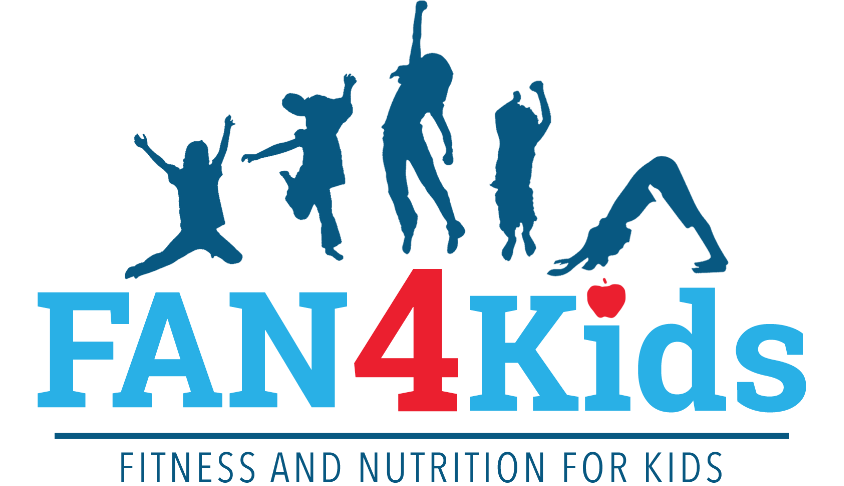Our Purpose
Childhood Obesity in the United States
Obesity is a serious and frightening disease, and one in three children in the United States is obese or overweight. Today’s children are expected to be the first generation of kids in American history to have a shorter life expectancy than their parents, unless the childhood obesity epidemic is reversed. Children who are overweight and obese are at greater risk for health problems once seen only in adults.
- Heart disease
- High cholesterol and high blood pressure
- Type 2 Diabetes
- Asthma
- Stroke
- Bone & joint problems
- Social & psychological problems
- Low self esteem, depression and bullying
- Behavior and learning problems
How did childhood obesity become an epidemic?
The dramatic increase in childhood obesity and its related diseases was preventable, as it was caused by changes in the type and quantity of food and drink that our children consume and the decline in their daily level of activity in school and at home. Lack of resources in communities of color and targeted marketing of unhealthy foods has increased exponentially. The good news is that the childhood obesity trend is reversible, as lifestyle habits can be improved with proper education and community empowerment.
UNHEALTHY DIET
American children eat a diet comprised of largely of “empty calories” in the form of high-sugar, high fat, overly processed food and drink products, and don’t eat enough nutrient-filled, whole foods to fuel their bodies and their health. This isn’t at the fault of many families, as there is a high prevalence of fast food and lack of access to fresh and affordable produce and healthy foods in low-income neighborhoods.
- The average child consumes at least 20 ounces of soda each day. 2/3 children report drinking at least one sugary drink or soda per day, with 30% reporting 2+ sugary drinks a day
- The average American kids eat 81 grams of added suagr per day, equaling 65pounds of added suagr per year
- 35%, nearly 800 calories, of daily calories for 2 – 18 year-olds are coming from added sugars and solid fats
- Most youth do not meet the daily minimum recommended amount of fruits and veggies
- Only 9.5% of adolescents eat at least 2 servings of fruit and 3 servings of vegetables a day
DECLINING ACTIVITY LEVELS
How are children spend their time, both in and out of school, impacts their health and weight. Unfortunately, many children spend their spare time involved in sedentary activities involving a screen, and children aren’t engaged in regular sports or other unstructured physical activity like running, jumping, walking, biking, skating or dancing. There are many reasons this exists including lack fo safe places to play or having parents/caretakers who are forced to work multiple jobs and don’t have as much time for family activities.
- Children who have the least amount of vigorous physical activity OR view the most television tend to be the most overweight.
- Today’s youth are considered the most inactive generation in history.
- 8–12-year-olds spend 4-6 hours with screens and teens use screens for up to 9 hours.
- 2 in 3 kids do NOT get the recommended amount of daily physical activity
The financial toll of obesity
Childhood obesity is a big public health challenge, and has been for some time. Almost 20 percent of American children are obese, as well as about 40 percent of adults. Overall, this costs the United States around $150 billion in health care spending each year.
Childhood obesity and food insecurity
Research suggests that food insecurity leads to obesity. Food insecurity refers to a lack of access to enough good, healthy, and culturally appropriate food. The twin challenges of childhood obesity and food insecurity disproportionately plague the marginalized FAN4Kids serves (17.1% of Essex County, NJ households are food insecure and 16- 18% of Bronx and Brooklyn, NY households are food insecure).


